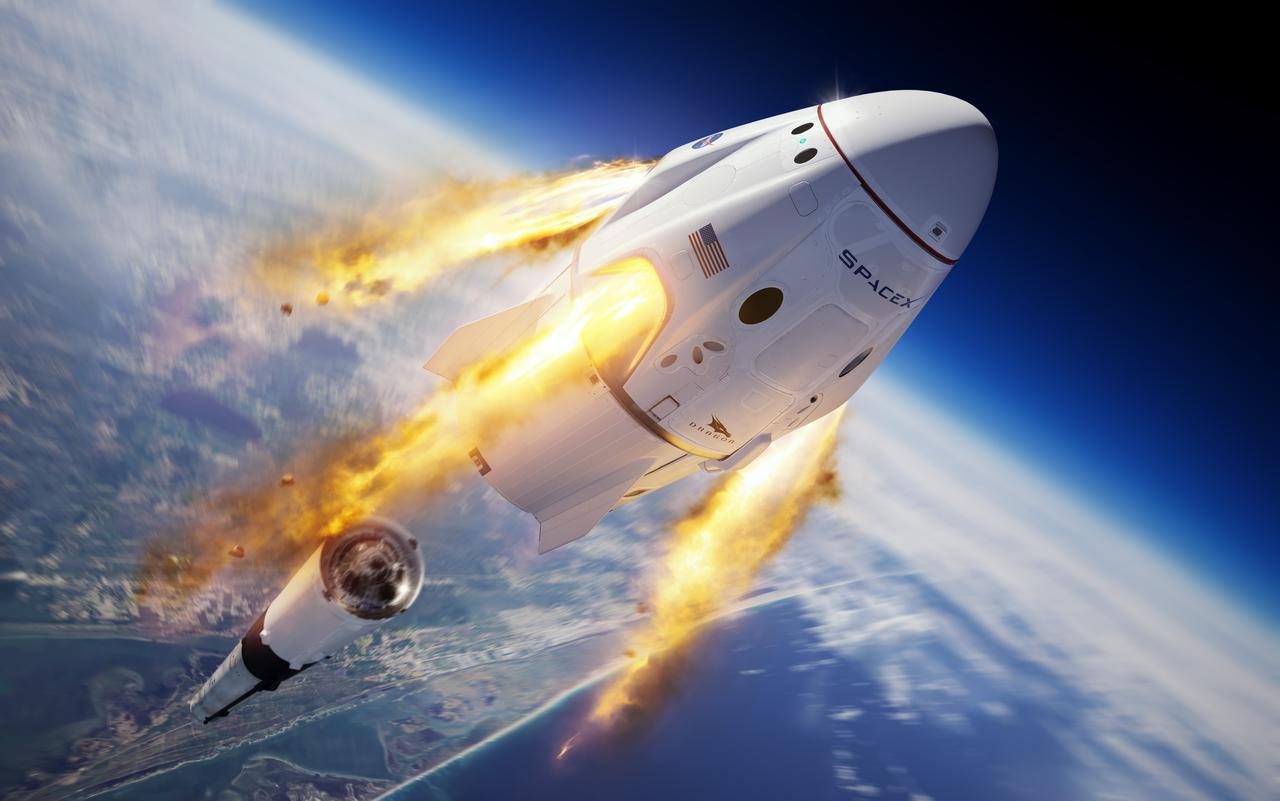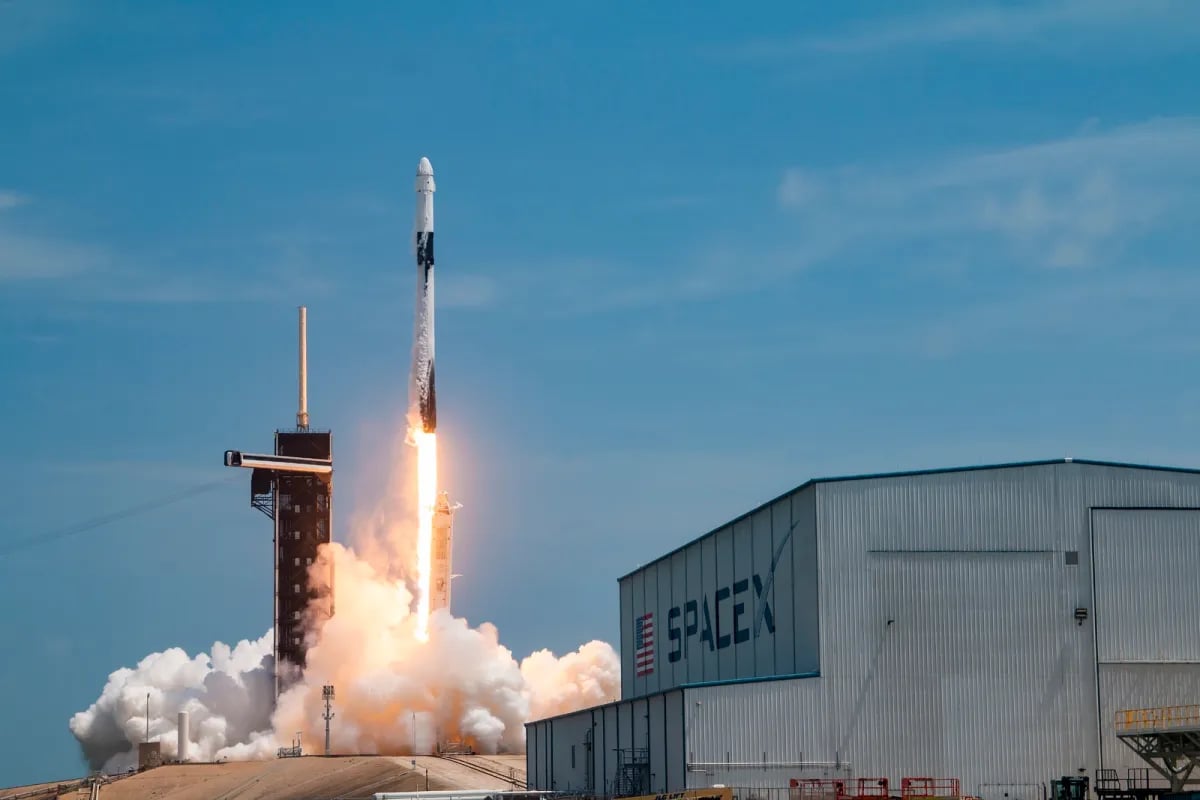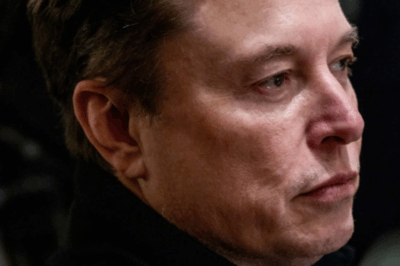If realized, this decision would have a huge impact on the United States.
Elon Musk said on June 5 that SpaceX would “immediately” shut down its Dragon spacecraft after President Donald Trump threatened to cancel federal contracts with Musk’s companies, a move that marked a significant escalation in a bitter dispute between the two former allies.
“Dragon” of the earth
Dragon is a commercial transport spacecraft developed by California-based Space Exploration Technologies (SpaceX). It is the only US spacecraft capable of transporting astronauts and critical cargo to and from the International Space Station (ISS).
In March 2025, the ship returned NASA astronauts Butch Wilmore and Sunita Williams to Earth after Boeing’s Starliner dropped them off. Just last month, on April 22, another Dragon spacecraft delivered 3 tons of supplies, experiments, and equipment to the ISS.

There are currently seven astronauts on the station, including three Americans and Russian commander Aleksey Ovchinin. Musk’s move raises questions about how future missions could be affected if the Dragon spacecraft is removed.
Meanwhile, NASA press secretary Bethany Stevens reaffirmed the agency’s commitment to the president’s space agenda in response to Musk’s announcement.
Under a contract worth about $5 billion, Dragon is the only spacecraft in the United States capable of carrying astronauts to and from the International Space Station, making Musk’s company a key element of the U.S. space program.
Hours later, however, Musk appeared to change his mind. Responding to an X follower who urged him and Trump to “calm down and take a step back for a few days,” Musk wrote: “Good advice. Okay, we’re not shutting down Dragon.”
NASA’s Game Changer
The SpaceX Dragon consists of a bell-shaped ballistic capsule, a nose cone-shaped lidar, and a body equipped with two solar arrays. The Dragon spacecraft is 6.1m tall and has a diameter of 3.7m.
Dragon is divided into three distinct sections. The pressurized section, often referred to as the capsule, is designed to carry people or cargo into space. The exterior of the capsule is lined with Dragon’s advanced PICA-X heat shield, designed to protect equipment and crew from intense heat during reentry.
The spacecraft’s hull contains the cargo and solar arrays. The capsule will remain attached to Dragon until a few minutes before reentry. Together with the capsule, the Dragon spacecraft has a total launch payload mass of 25 cubic meters. It can carry up to 6,000 kilograms of cargo.

The spacecraft hull is recoverable and can be used for multiple missions. The hull is protected from heat by a phenolic impregnated carbon (PICA) heat shield and SpaceX proprietary ablative material (SPAM) on the back shell. The PICA material also provides protection during high-velocity re-entry into the Earth’s atmosphere (at 3.5Gs).
According to Reuters, the average cost of a Dragon mission ranges from $100 million to $150 million.
The Dragon spacecraft maintains the unique ability to be configured into multiple configurations, depending on its intended use. It can be converted to carry cargo, humans, or transformed into a “DragonLab.” The configurations allow the spacecraft to be optimized for a variety of scenarios. The spacecraft’s duality makes it ideal for the many space missions expected to continue in the future.
SpaceX ensures that Dragon will be able to support the world’s most advanced technologies. DragonLab provides a suitable platform for conducting experiments in microgravity. Independent of the space station, DragonLab will be able to conduct more risky experiments without affecting the multi-billion dollar ISS.
In addition to eliminating the United States’ reliance on Russia to get its astronauts into space, the SpaceX launch is significant for another reason: cost. A 2019 NASA audit found that SpaceX’s per-seat pricing alone was significantly more cost-effective than previous programs and even Soyuz.
News
Behind the ‘Glamorous’ Appearance: Paige Spiranac Chokes Back Tears as She Opens Up on the Dark Reality of Being an Influencer.
Paige Spiranac Chokes Back Tears as She Opens Up on the Dark Reality of Being an Influencer Paige Spiranac’s Internet…
Hailey Bieber wants to…’expand the family’
Justin and Hailey Bieber Taking a ‘When It Happens, It Happens’ Approach to Expanding Their Family Getty Images | Hailey…
Elon Musk and the story of the ‘naked’ emperor: When emotions and expectations overwhelm business results
Tesla, tech stocks, cryptocurrencies, or any asset with a compelling story are turning participants into “naked” emperors. “The Emperor’s New…
Elon Musk is immersed in a young startup, leaving Tesla to plummet, shareholders ‘sitting on hot coals’
For much of the summer, Elon Musk was absorbed in something else, leaving Tesla to plummet. When Elon Musk left…
Despite agreeing to forgive the perpetrator, Erika Kirk still wants him to face a ‘conscience’ sentence.
Erika Kirk: ‘We deserve to have cameras’ in Utah court hearings for her husband’s accused killer, after attorneys suggest banning…
After all, Charlie Kirk’s 3-year-old daughter has learned that her dad is in heaven! The little girl’s reaction made fans heartbroken
What Charlie Kirk’s 3-Year-Old Daughter Said When Told ‘Daddy Is In Heaven’ After Charlie Kirk’s death, his wife, Erika, told…
End of content
No more pages to load












